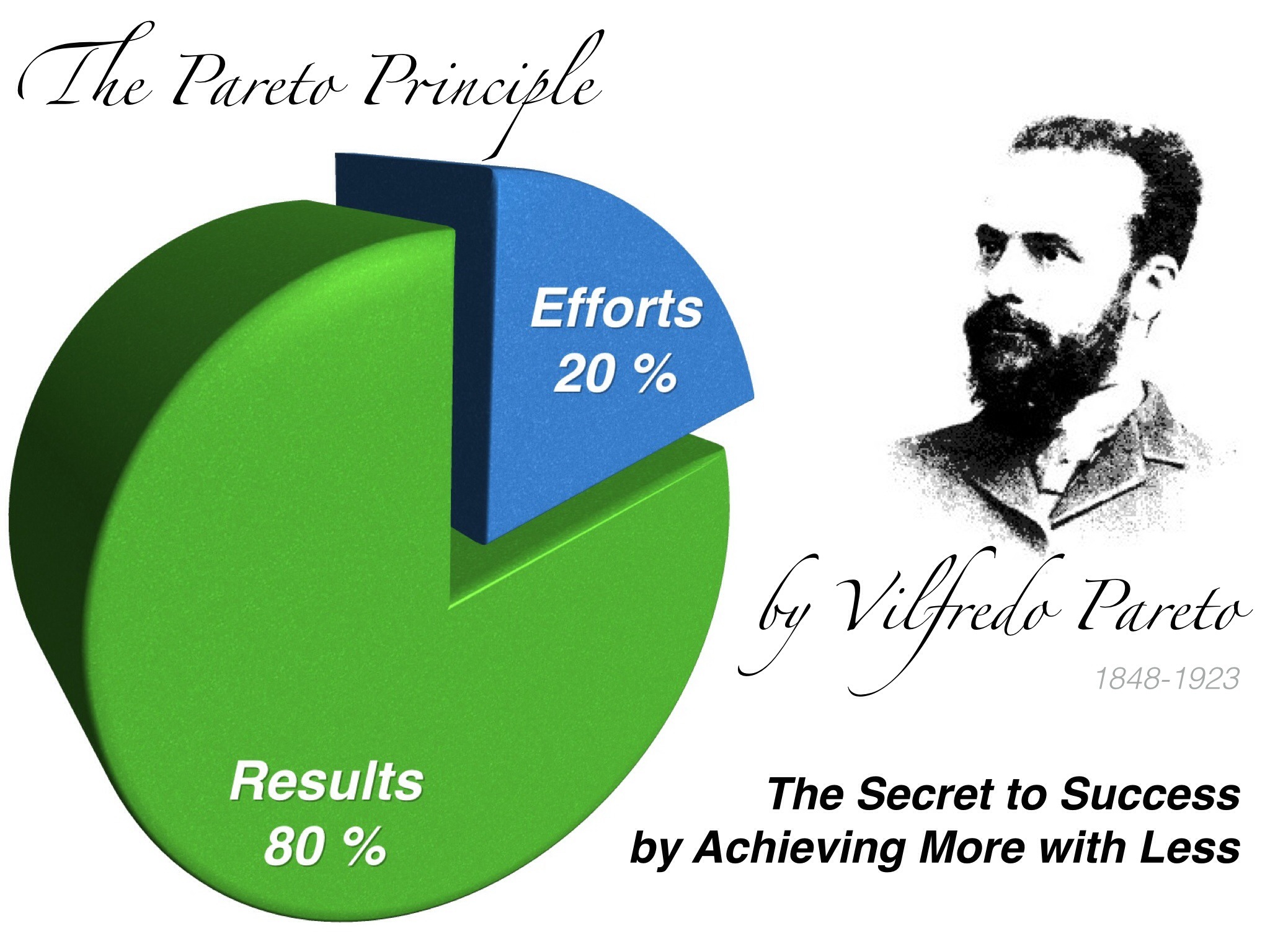
80 20 PRINCIPLE EXAMPLES PDF ISO
This might mean putting more of your attention on your best customers, adding more support to your best-performing products or focusing on what you’re good at as a leader and then delegating the rest to the right people.In performing sampling inspection, QIMA inspectors follow the ISO 2859 standard and the tables provided by it. We’re better off finding a few things that work well and then leveraging them to get the best effect. Get Better Results From Small, Focused StepsĪs we move up the career ladder or grow our businesses, we have less time and energy to explore new things. When you learn your core concepts via an intensive course or good books, you can always pick up more through experience and by using online media. When learning, focus on the fundamentals and avoid trying to gain a complete understanding of the topic. He found that anywhere between 80%-100% of an examination could be answered from learning 20% or less of the information on the syllabus. He applied this principle to his studies and was able to easily pass his exams and graduate from Oxford. Try to learn the most commonly used words you can and you’ll boost your working vocabulary to a high degree.Īnother example is from Robert Koch who wrote the book The 80/20 Principle: The Secret to Achieving More with Less. Instead of learning several thousand kanji characters, he learned 214 traditional radicals.Īccording to Ferriss, we only use a small number of words from a language’s entire vocabulary. He did this by learning core words from a sports manual. Tim Ferriss, the author of The 4-Hour Chef, mentioned in his book that he was able to gain proficiency in the Japanese language in just three months, a feat that normally takes people several years to achieve. Let’s look at two specific examples to highlight how you can focus on a small amount of content to improve your overall knowledge substantially. One of the most impactful uses of this principle can be seen in learning. Being done with the small and quick tasks frees up your mental energy and significantly boosts your productivity. What’s happening is that the seemingly small jobs which are many in number occupy a great deal of mental space.

I find that when you get rid of the smallest and seemingly trivial tasks, the sense of relief you feel is disproportionately higher. In the GTD model, you need to make a complete list of everything that needs to be done, ranging from buying coffee filters because you’re running out of them to negotiating a multi-million dollar deal.Īnd the first thing you knock off your list is anything that can be done in two minutes or less. Here’s an interesting way that the 80/20 principle and the Getting Things Done (GTD) process align.

It’s about giving each task the attention they deserve at the right time. The idea of focusing on a few things is also featured in the "Getting Things Done" process by David Allen. The problem isn’t having too many things to do. Instead, what if you could focus on just a few of your goals and give it all your energy? You’d likely see a massive boost in your happiness levels and productivity. Here are some ways you can better meet your goals and learn more effectively by applying the 80/20 principle.ĭo you have many goals and are unable to achieve even a fraction of them? This could be because your energy and attention are dispersed while trying to meet several goals at once. As leaders, being aware of this phenomenon and applying it at work can help us in many ways.


 0 kommentar(er)
0 kommentar(er)
